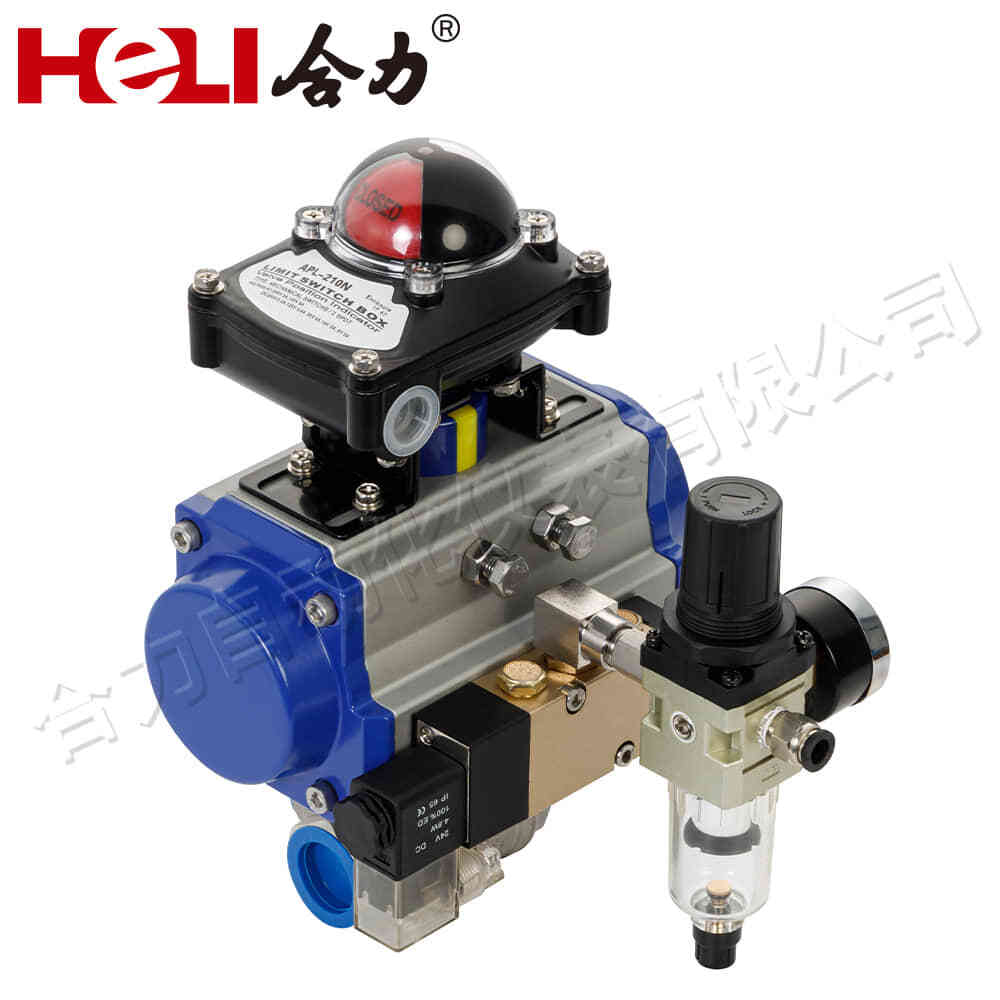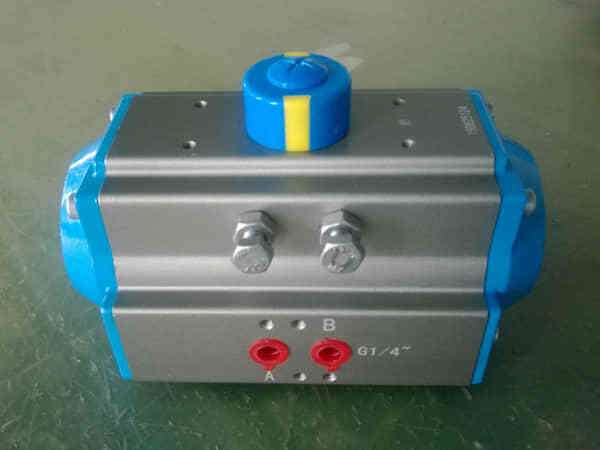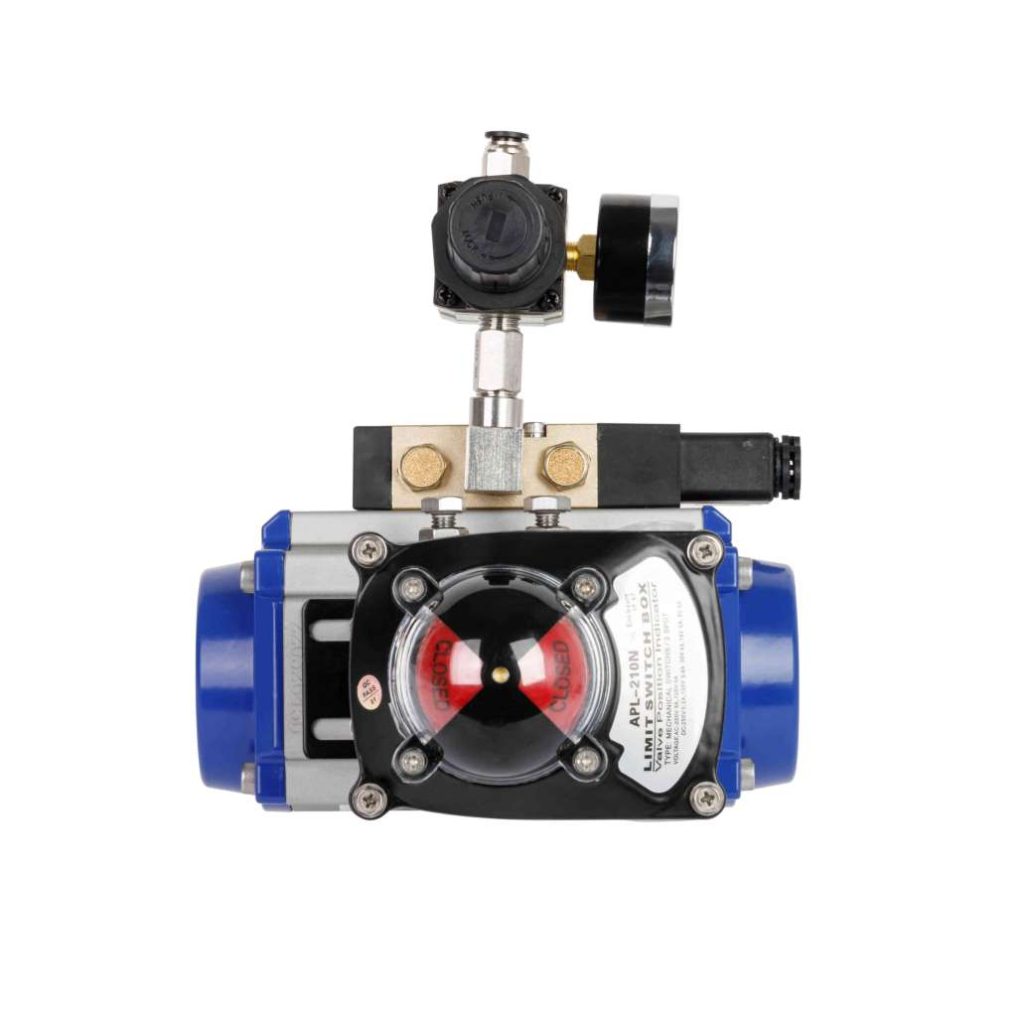Pneumatic actuators are essential components in many industrial processes, enabling motion and control through the power of compressed air. These devices play a critical role in a variety of sectors, including manufacturing, automation, robotics, and even the automotive industry. In this article, we will explore the function, types, and applications of pneumatic actuators, shedding light on their importance and versatility in modern mechanical systems.

What is a Pneumatic Actuator?

A pneumatic actuator is a mechanical device that uses compressed air to generate motion. The actuator typically converts the energy stored in pressurized air into linear or rotary motion, depending on the type of actuator. These actuators are used to control or drive machinery, valves, and other equipment, facilitating automation in processes that require precise and repeatable movements. Pneumatic actuators are valued for their simplicity, reliability, and cost-effectiveness. How Pneumatic Actuators Work The basic principle behind a pneumatic actuator is relatively straightforward. Compressed air is directed into the actuator’s chamber, causing a piston or diaphragm to move. This movement can either push or pull components attached to the actuator, thereby performing mechanical work. The force generated by the actuator is directly proportional to the pressure of the air used. In simple terms, the higher the air pressure, the greater the force exerted by the actuator.
